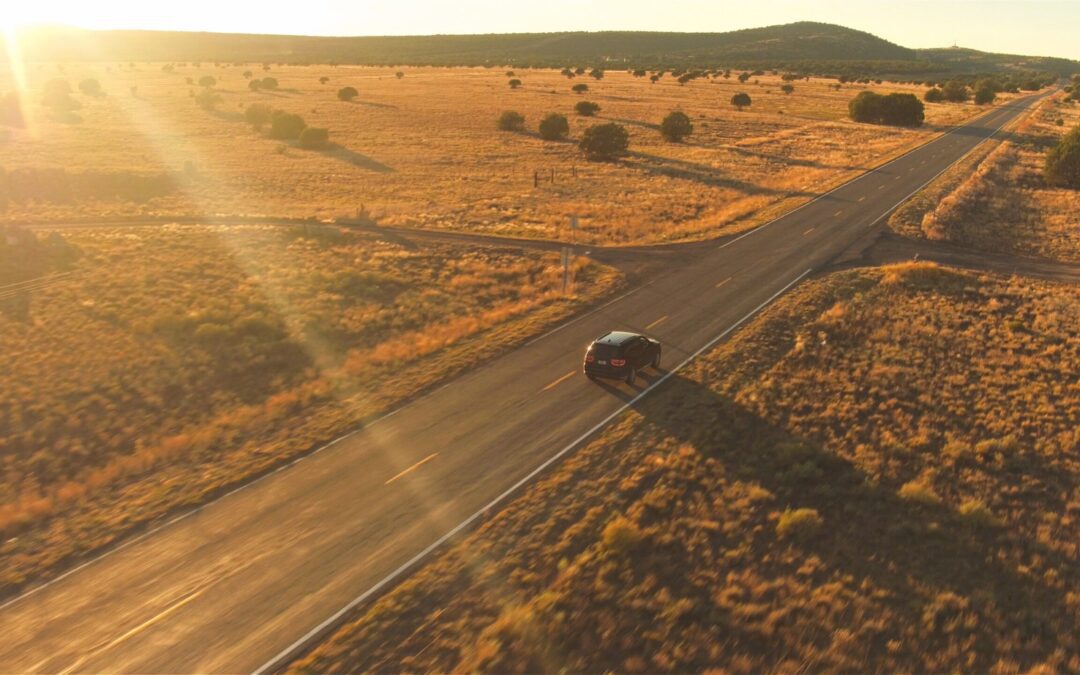
Image courtesy Grand Canyon National Park via Associated Press
It’s something like a modern-day chuckwalla, strolling in sand dunes on an island in what now is the Grand Canyon region.
That’s how Steve Rowland, professor emeritus of geology at the University of Nevada, Las Vegas, and his fellow researchers interpret fossil footprints that were revealed in a rock fall near a popular Grand Canyon hiking trail. They estimate the tracks are 313 million years old, give or take a half-million years.
At that age, they’d be among the oldest tracks of animals that lay eggs with a protective hard or leathery shell and the earliest evidence of vertebrate animals walking distinctively in sand dunes, Rowland, Mario Caputo, and Zachary Jensen wrote in a research paper published this month.
“I think our interpretations will hold up very well,” Rowland said Monday.
Not everyone is convinced the footprints were created by a single, four-legged animal that has a lateral-sequence walk, where the legs on one side of the body move in succession, followed by the legs on the other side. Or, that the footprints mark the point in evolution where animals were able to lay eggs with protective shells outside water.
Still, the paper raises interesting questions, said Mark Nebel, the paleontology program manager at the Grand Canyon.
“Some of the conclusions likely are going to be controversial,” he said. “There’s a lot of disagreement in the scientific community about interpreting tracks, interpreting the age of rocks, especially interpreting what kind of animal made these tracks.”
Rowland first heard about the footprints from a Norwegian geology professor, Allan Krill, who was hiking at the Grand Canyon in 2016 with his students and sent Rowland a photo.
Rowland made out claw marks common among reptiles in the 28 footprints, which he said help tease out the scarce skeletal record. Some of the earliest bones of similar animals that lay eggs outside the water were found in Nova Scotia around the same time the creatures would have been in what’s now northern Arizona, Rowland said.
Similar tracks elsewhere largely are found in coal beds, not sand dunes, he said.
“You could always learn more, and we certainly would like to find more tracks of those same animals,” he said.

The rock fell from the Manakacha Formation, made up of sandstone, limestone, and mudstone that points to it being a onetime coastal plain when Arizona was near the western edge of the supercontinent, Pangaea. Dinosaurs weren’t around yet.
Officials at the Grand Canyon are trying to determine what to do with the rock. It weighs hundreds of pounds and is in plain view along the Bright Angel Trail. Another part of the rock also has footprints but wasn’t studied extensively.
The Grand Canyon has talked about creating a trail-side display or flying the rock out and into a museum, which would be costlier, Nebel said.
“A lot of people walk by it and never see it,” he said. “Scientists, we have trained eyes. Now that they know something’s there, it will draw more interest.”
The Associated Press contributed to this story.
Continue Reading: Radiation Victim Speaks Out Against Uranium Mining at Grand Canyon
Politics

VIDEO: Arizona Attorney General Kris Mayes indicts 18 ‘fake electors’
@coppercourier An Arizona grand jury has indicted former President Donald Trump's chief of staff, Mark Meadows, lawyer Rudy Giuliani, and 16...

Democrats successfully force vote on repealing 1864 abortion ban, passes House
The Arizona legislature moved forward two bills Wednesday that would repeal the state’s 1864 abortion ban. A bill to repeal the ban has been...
Local News

A new partnership is expanding broadband internet access in rural Arizona
In the state of Arizona, the goal to expand broadband internet access in rural areas has made significant progress with the new public-private...

Arizona Sens. Anthony Kern, Jake Hoffman, indicted for fake election scheme
Eighteen individuals involved in a conspiracy to overturn Arizona’s election results in 2020 were indicted by a grand jury Wednesday and charged...




